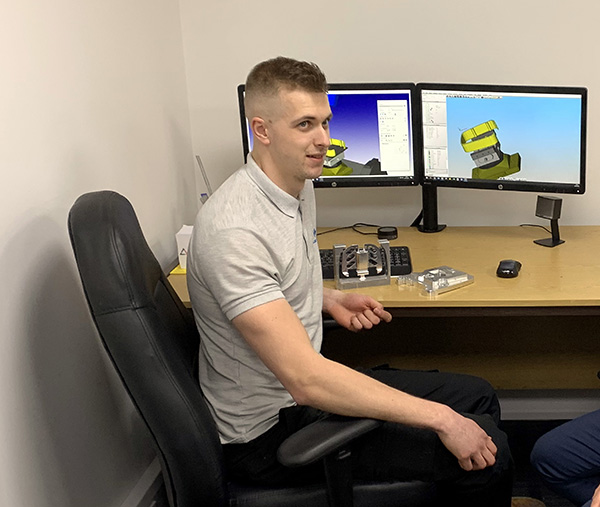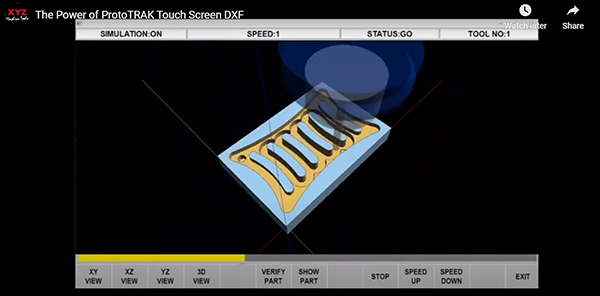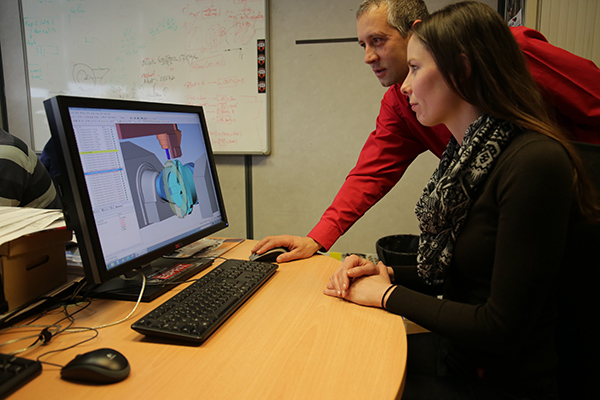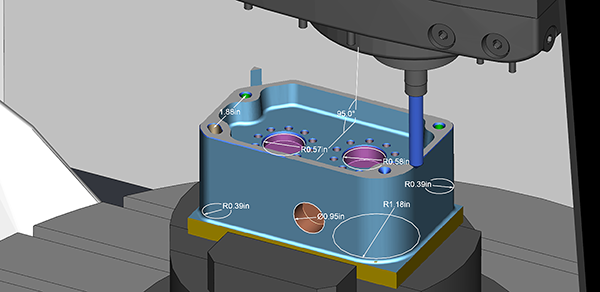Letchworth-based Maztech Precision Engineering (MPE), a prominent supplier to the F1 sector, is finding that – with F1 teams so heavily involved in the COVID-19 ventilator project – that is now making component for ventilators.

Indeed, Maztech has won an order to produce 7500 aluminium tube manifold components. The company is now running its four Mazak machining centres 24 hours a day, seven days a week, including a recently installed VariAxis i-300 AWC five-axis model.
“I had a CAM system, but it couldn’t provide suitable post-processors to communicate confidently with the VariAxis configuration,” says managing director Wayne Bouchier. “I also wanted full machine capability, so I could simulate everything, as the machine is a big investment.
“I called Open Mind and had Ken Baldwin come and give me a demonstration,” he adds. “Entering five-axis machining is never easy, but hyperMILL simplified things and made it no more complicated than necessary. After the demonstration, I was very confident in the system and didn’t need to look at any other CAM systems, so we bought our first seat of hyperMILL.”
The company now has three seats of hyperMILL: two seats with a 3+2 axis licence and the third with a full simultaneous five-axis licence. Following advice from numerous motorsport subcontractors, Maztech specified the hyperMILL Maxx Machining package for high-performance metal removal rates.
“Our programming times are at least 35-40% faster with hyperMILL,” adds Bouchier. “One example of this is the mirror function within the software. More than 30% of our work has a left and right-hand variant; hyperMILL and its mirror function is slashing programming times from hours to minutes for these parts.”
For further information www.openmind-tech.com






















